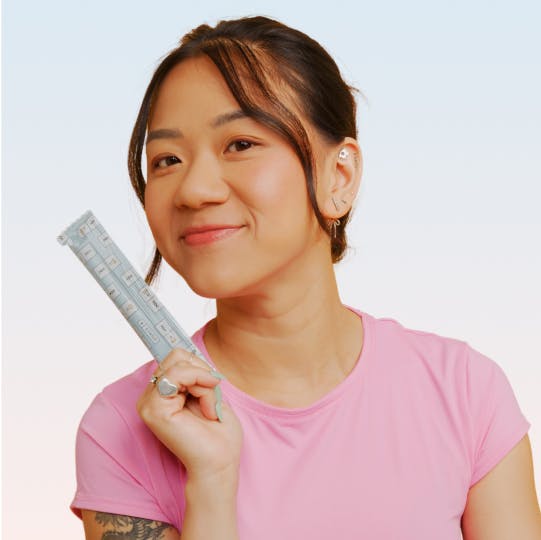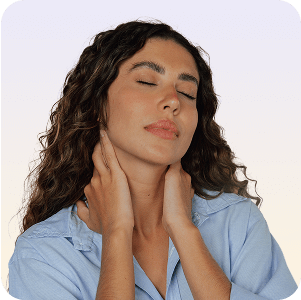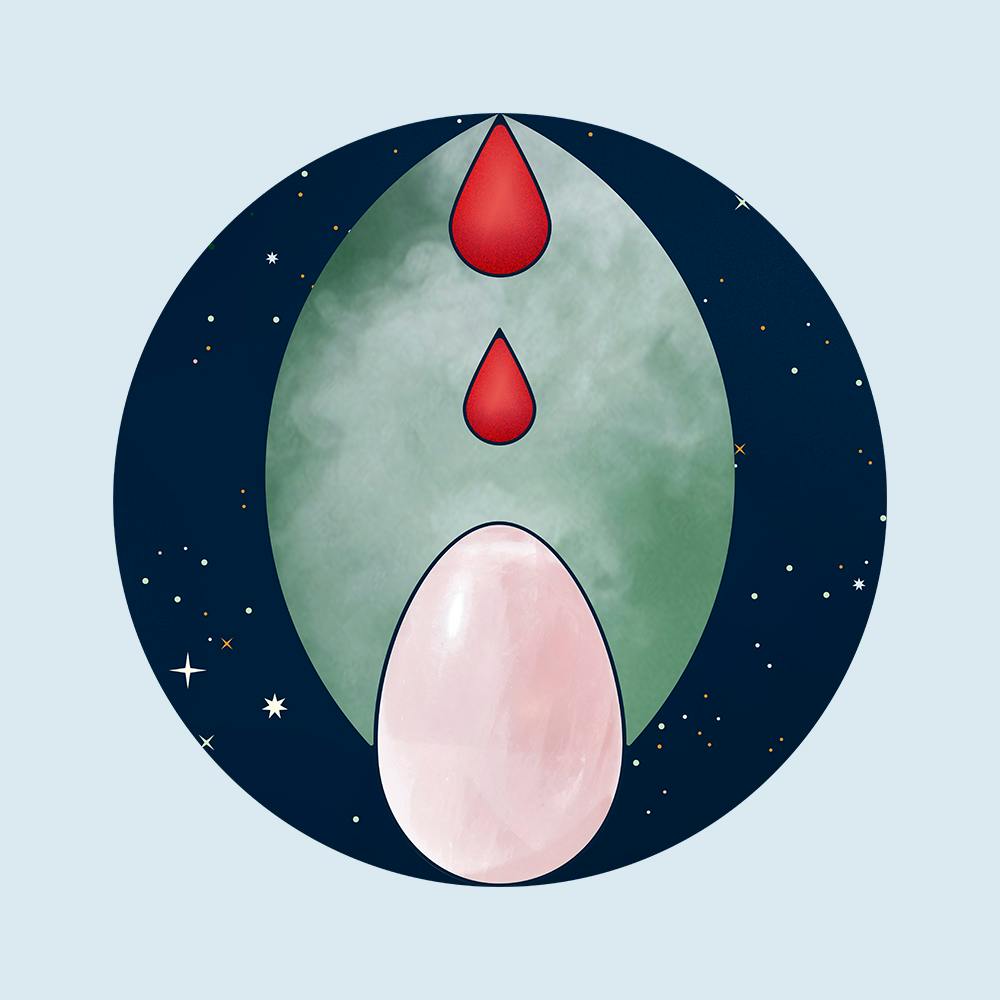Illustrated by Erin Rommel
Periods are as old as time—they’re the reason everyone on this planet came into existence—and period pain remedies have an equally long history.
It’s safe to say that the complexities of menstruation, and the effects it has on the body, are grossly misunderstood and largely ignored. Combating dysmenorrhoea with over-the-counter medications available on the market today can be an expensive, futile, and frustrating process.
Pain relief is the largest cash driving category in over-the-counter medicine market across the UK (it drove £566.5M sales value from 2017-2018), and yet, most pain relief medications (even those for menstrual pain) are not made with the female physiology in mind.
Most pharmacy period pain management options are designed for men and wrapped in a pink, marked-up box for women. It’s no wonder people with periods are always on the lookout for "alternative" methods. In fact, back in 2015 Nurofen came under fire for using identical ingredients in their range of pills which claimed to target different ailments. Luckily, women are pretty ingenious, and throughout history have turned to alternative remedies to deal with period cramps.
One of the earliest forms of forms of period pain relief was, in fact, CBD. The link between cannabis and period pain relief can be traced back as far as the 16th Century. Chinese medical texts from the period clearly list cannabis (or “ma,” as it is referred to) as a medicine for easing cramps during menstruation. Its next historical appearance is in 19th Century England. Sir John Russell Reynolds is said to have prescribed Queen Victoria cannabis as a method of relieving her menstrual cramps. He was inspired by the work of Dr. William Brooke O’Shaughnessy, who is credited for introducing medicinal marijuana to Europe. In 1890, Reynolds wrote that “when pure and administered carefully, [cannabis] is one of the most valuable medicines we possess.” He supposedly dispensed a tincture of cannabis, a liquid concentration of the drug, via a dropper under the tongue.
It seems like CBD has come back big time, quickly becoming the latest trend in menstrual targeted pain relief. In 2016, Whoopi Goldberg and Maya Elisabeth launched a line of medical cannabis products, specifically for this reason. Despite being told it was a “niche market” to enter (you have to laugh) it seems to have taken off in the USA in a big way, with other product lines following suit. It’s a trend that is slowly edging into the UK as well (with a little help from us, of course) and bringing us full circle back to 19th Century Queen Victoria. Medicinal CBD oil is now available on prescription from your doctor, and according to the Cannabis Trades Association UK, the number of cannabidiol consumers increased by 100% from 2017 to 2018.
Gwyneth Paltrow and her Goop empire have dominated female health headlines in recent years, bringing back old-school alternative period pain remedies. First up was the vaginal steaming hype, followed by the yoni egg claims. Although mainstream media and medical professionals were quick to dismiss these methods as ludicrous and unsafe, it turns out that both practises have a long history. ‘Yoni’ is the Sanskrit word for “womb” or “vagina”, and the ancient practice of yoni steaming can be traced back in African, Asian and Mayan cultures, where it is still commonplace today. It was said that regular steaming significantly reduced pain, bloating and exhaustion associated with menstruation, as well as decrease menstrual flow.
However, there is no scientific evidence to prove that vaginal steaming works, and no research studies have tested vaginal steaming or its benefits. Experts seem to agree that no matter how old the practice is, it’s not recommended. The primary safety concern is that exposing the vagina to extra moist heat and certain additives within the steam could also increase a woman's risk for yeast or bacterial infections. It says a lot that people who bleed still have so few safe and effective options when it comes to dealing with their periods.
The bottom line is that period pains are a serious health issue, so if the only other options are over-the-counter painkillers, which are ultimately just a quick fix, then really what choice is there but to explore other avenues and to self-educate?
It’s been said countless times, but the sad truth is that if cisgender men had to deal with periods, there would be a thousand and one remedies available across the market today, as well as concrete studies into the root of the problem. With conditions like endometriosis, adenomyosis, polycystic ovary syndrome (PCOS), cysts and fibroids remaining mysteries in terms of modern medicine, it’s about damn time that dysmenorrhea be taken seriously.






